SOURCE: RAUNAK KUNDE / NEWS BEAT / IDRW.ORG

DRDO chief Dr. Samir V. Kamat has confirmed that the LCA Mark 2 fighter aircraft prototype will be rolled out within a year and developmental flight trials will be completed by the end of 2027. On September 1, 2022, the Cabinet Committee on Security (CCS) cleared ?10,000 crore for Tejas Mark 2, which includes prototype development and flight testing.
The 17.5-tonne single-engine aircraft will take its first flight by the end of 2025. Plans are to complete initial developmental flight trials in two years post which the IAF will take care of the weapons certification process once it enters production from 2029 onwards.
Continue readingSOURCE: IDRW.ORG TEAM

At the recent ‘International Conference and Exhibition on Aerospace and Aviation in 2047’, organized by the Aeronautical Society of India to commemorate its 75th year, a significant milestone was unveiled – India’s indigenous development of submarine-launched cruise missiles. This breakthrough achievement showcases India’s growing prowess in the realm of advanced defense technologies.
The DRDO (Defense Research and Development Organization) has developed two variants of these submarine-launched cruise missiles: the Land Attack Cruise Missile (LACM) and the Anti-Ship Cruise Missile (ASCM). These missiles are designed to provide India’s naval forces with a versatile and potent offensive capability, capable of striking both land and sea targets with precision and stealth.
Continue readingSOURCE: IDRW.ORG TEAM
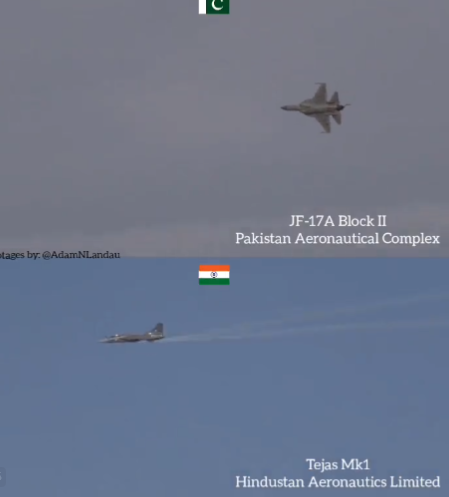
The much-anticipated face-off between the Indian Light Combat Aircraft (LCA) Tejas and the Chinese-developed, Pakistan-operated JF-17 took center stage at the Dubai Airshow, captivating aviation enthusiasts with breathtaking aerial displays. In a rare spectacle, these nimble fighter jets showcased their agility and capabilities, leaving spectators in awe. While the question of superiority remains subjective, the airshow provided a unique opportunity for a back-to-back comparison of the two aircraft.
The Dubai Airshow served as the arena for the first-ever meeting between the LCA Tejas and the JF-17, allowing aviation enthusiasts to witness their aerial prowess in a direct comparison. Both aircraft performed exhilarating displays, demonstrating their agility, speed, and maneuverability.
Continue readingSOURCE: IDRW.ORG TEAM

NewSpace Research and Technologies (NRT) has achieved significant milestones in its collaboration with the Indian Army, successfully demonstrating the operational viability of its cutting-edge technologies during a recent wargame. This collaboration has resulted in several notable firsts for NRT, showcasing its ability to deliver innovative solutions that meet the evolving needs of the Indian military.
Continue readingSOURCE: RAUNAK KUNDE / NEWS BEAT / IDRW.ORG
Despite recent reports in Russian media suggesting ongoing discussions between Russia and India regarding the co-development of the Su-57 fighter jet, People familiar with the matter have told idrw.org that India will maintain its distance in the project. This decision stems from several factors, including concerns over the Su-57’s capabilities, India is keen to focus on developing its own indigenous 5th-generation fighter jet, the AMCA, and past disagreements with Russia over the FGFA program.
India’s initial interest in the Su-57 was primarily driven by its stealth capabilities and potential as a cost-effective alternative to Western fighter jets. However, subsequent evaluations have raised concerns about the Su-57’s overall performance, particularly in terms of its engine technology, radar systems, and electronic warfare capabilities.
Continue readingSOURCE: RAUNAK KUNDE / NEWS BEAT / IDRW.ORG
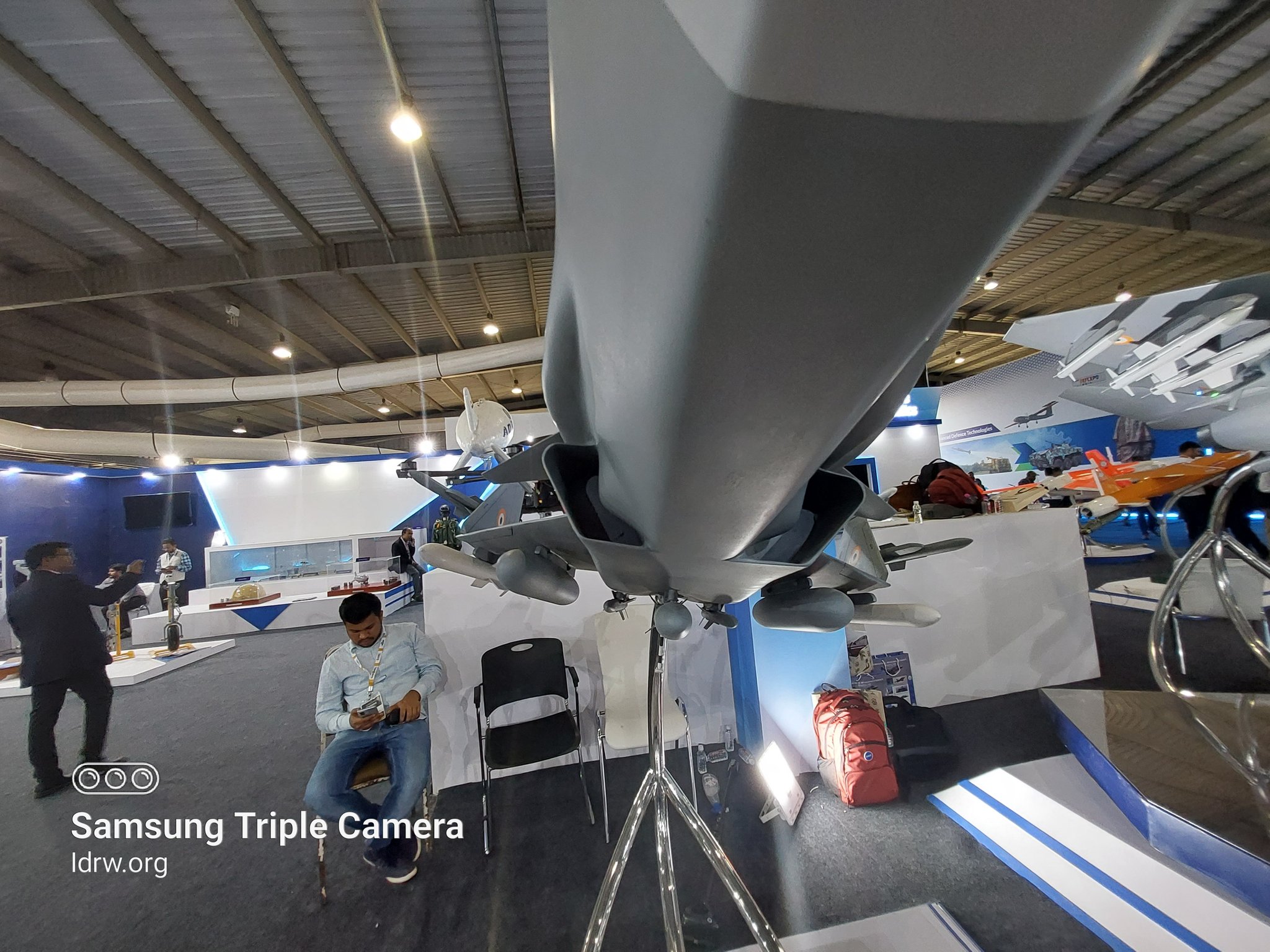
As technology propels the evolution of aerial warfare, the Defense Research and Development Organization (DRDO) has confirmed that the Indian Navy’s upcoming Twin Engine Deck Based Fighter (TEDBF) will forego the traditional internal 30mm cannon seen in fighter jets. The 26-ton TEDBF, slated to replace the Russian Mi-29K fighter jets for Indian Aircraft carrier operations, will opt for a podded 30mm cannon, a design choice aligning with modern air combat trends.
Unlike its predecessors, the TEDBF will house the 30mm cannon in a pod attached to the centerlines between the weapons bays. This configuration enhances the fighter jet’s versatility, making it well-suited for engaging ground or sea-based targets. However, it may diminish its effectiveness in close-in dogfights with other aircraft, a scenario where internal cannons traditionally played a crucial role.
Continue readingSOURCE: RAUNAK KUNDE / NEWS BEAT / IDRW.ORG
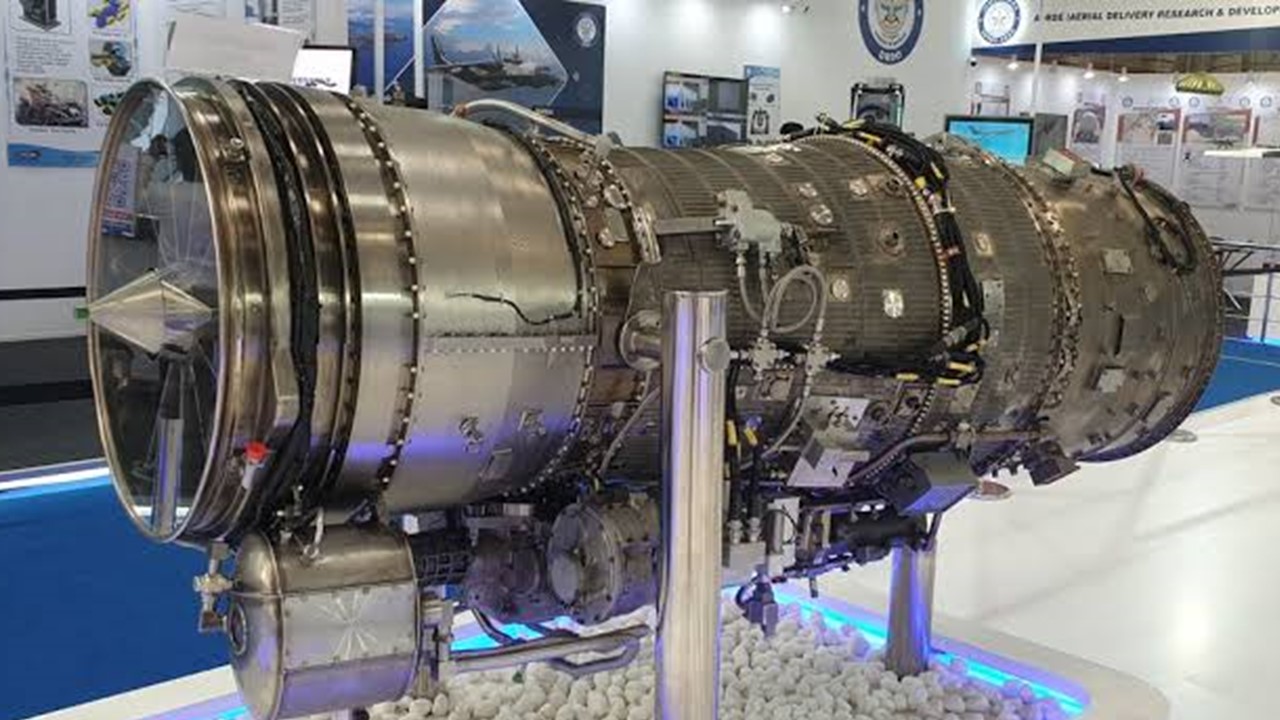
In a significant leap forward for India’s aero-engine capabilities, the Defence Research and Development Organization (DRDO) joined forces with Godrej Aerospace in September 2022 to manufacture eight Kaveri engines. This collaboration marks a crucial milestone in the development of the Kaveri engine, aiming to conduct comprehensive trials before the anticipated completion of all tests by 2025.
The agreement with Godrej Aerospace signals a strategic move to accelerate the limited-scale production of the Kaveri engines. These engines represent a leap forward from earlier prototypes, which were based on the older Kaveri engine developed almost a decade ago. The Dry Kaveri engine program involved substantial modifications and improvements to address previous challenges, resulting in a more advanced and stable iteration.
Continue readingSOURCE: IDRW.ORG TEAM

According to Russian Media report, The Russian Navy has proposed to scrap the damaged nuclear submarine “Nerpa” of the project 971U “Shchuka-B”. The submarine was leased to the Indian Navy for 10 years, but was returned early in 2020 after an explosion on board.
According to available Russian Report, before that, in April 2020, an explosion of a high-pressure air cylinder occurred on board the submarine, as a result of which both of its hulls were damaged. Radio-electronic weapons and hydroacoustic equipment were also damaged. After that, the submarine was prematurely returned from the lease. The agency’s interlocutor noted that after the accident, Indian specialists completed the repair of both hulls of the submarine, after which it was returned to Russia.
Continue readingSOURCE: IDRW.ORG TEAM
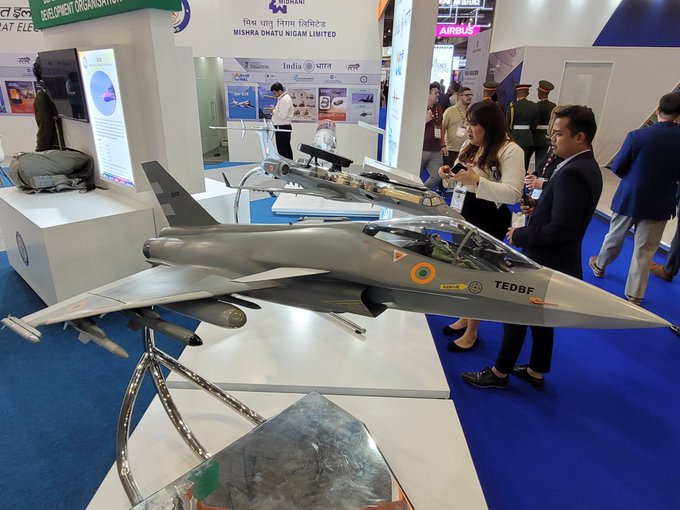
The Defence Research and Development Organization (DRDO) made a significant impact at the Dubai Air Show by unveiling the scale model of the Indian Navy’s forthcoming Twin Engine Deck Based Fighter (TEDBF). This marked the first public appearance of the scale model, drawing attention for its unique design.
The TEDBF, weighing 26 tons, is slated to replace the Russian-supplied Mig-29K for fighter operations from Indian aircraft carriers starting in 2035. The aircraft’s design sparked discussions among visitors, with some noting its resemblance to the French Rafale, while others pointed out similarities to the Euro Canard configuration found on the Eurofighter Typhoon.
Continue readingSOURCE: RAUNAK KUNDE / NEWS BEAT / IDRW.ORG
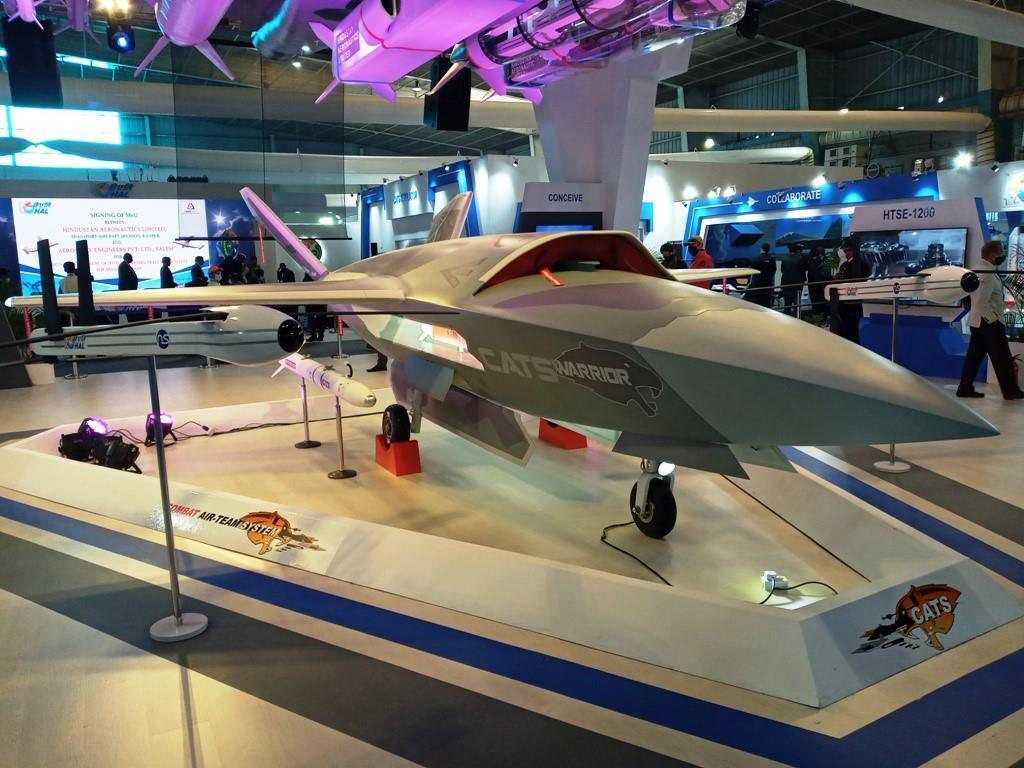
In a significant development, the Indian Air Force (IAF) is making strides in the realm of Manned-Unmanned Teaming (MUM-T), with Air Marshal Radhakrishnan Radhish highlighting the progress during the Dubai International Air Chiefs’ Conference. The IAF’s exploration of this cutting-edge concept is set to reshape the landscape of combat aviation, ushering in an era where autonomous assets collaborate seamlessly with manned platforms.
Air Marshal Radhish emphasized that the integration of MUM-T is an ongoing initiative, projecting a timeline of “10-20 years” before Combat Air Vehicles (CCAs) operate autonomously alongside manned assets. The MUM-T concept envisions a collaborative ecosystem where piloted aircraft and unmanned vehicles work in tandem, leveraging the strengths of both to enhance mission effectiveness and operational capabilities.
Continue readingSOURCE: RAUNAK KUNDE / NEWS BEAT / IDRW.ORG
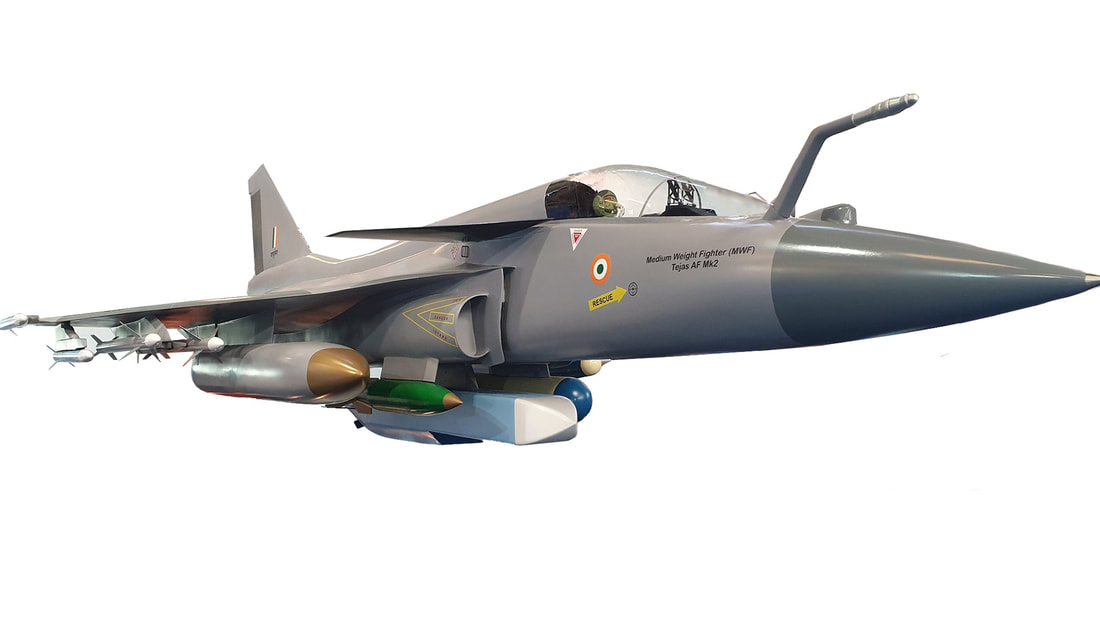
The global market for fighter jets is undergoing a significant transformation, marked by an unofficial boycott of Russian and Chinese offerings. Many nations, aligning themselves with the West, are reevaluating their procurement plans and turning away from fighter jets originating in Russian and Chinese arsenals. The primary driver behind this shift is the ongoing geopolitical realignment, with Russia and China forming one camp and the rest aligning with Western-backed campaigns.
While the demand for fighter jets is on the rise, not every nation can afford the high costs associated with American 5th-generation offerings like the F-35. In response, several countries are exploring more cost-effective options, turning their attention to Asian countries such as South Korea for the procurement of affordable and low-cost fighter jets like the FA-50, based on the T-50 Trainer aircraft.
Continue readingSOURCE: RAUNAK KUNDE / NEWS BEAT / IDRW.ORG

The Indian Air Force (IAF), through the Air Officer Commanding of the 12 Base Repair Depot, Air Force, representing the Head Quarter Maintenance Command, has issued an Expression of Interest (EoI) to Indian firms capable of designing, developing, testing, and delivering ‘Expendable Low-Cost Target Drones.’ This initiative aims to enhance training for personnel engaged in Counter Unmanned Aerial Vehicle (CUAV) Systems.
The project emphasizes the importance of indigenous components, software, and technology to align with the ‘Aatmanirbhar Bharat’ goal, fostering self-reliance and innovation in the defence sector.
Continue readingSOURCE: IDRW.ORG TEAM
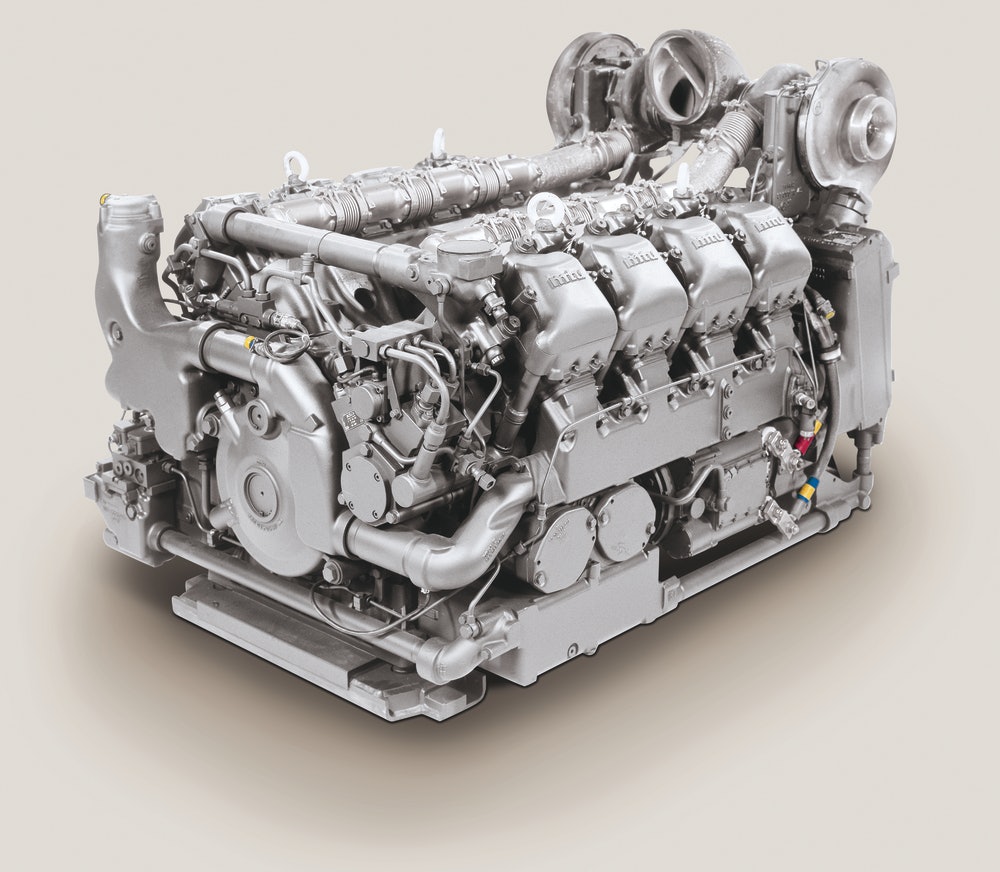
The collaboration between Germany’s Motoren- und Turbinen-Union (MTU) and India for supplying engines to power the Light Tank prototypes has encountered a significant hurdle. MTU, under the deal, was expected to provide engines for the development of India’s Light Tank, a crucial project led by DRDO-L&T. However, due to unforeseen reasons, MTU was unable to fulfill the supply, prompting DRDO-L&T to turn to American Cummins for its powerpack engine to propel the four prototypes of the Light Tank.
The snag in the collaboration with MTU arises from the German company’s failure to secure export clearance from the German government. This development exposes a certain level of hypocrisy within the German administration, considering earlier statements by German Defence Minister Boris Pistorius expressing willingness to support reliable partners like India.
Continue readingSOURCE: IDRW.ORG TEAM

In a significant development, India and the United States are set to review the progress of their collaborative efforts regarding the co-development of F414 engines for the Light Combat Aircraft (LCA) Tejas-Mk 2. This initiative is crucial for enhancing India’s defense capabilities and modernizing its air force.
The collaborative venture was officially set in motion during Prime Minister Narendra Modi’s visit to the United States in June, where a memorandum of understanding (MoU) was signed between General Electric (GE) and Hindustan Aeronautics Limited (HAL). The objective of this partnership is to co-develop F414 engines, which will be integrated into the Tejas-Mk 2 aircraft.
Continue readingSOURCE: RAUNAK KUNDE / NEWS BEAT / IDRW.ORG
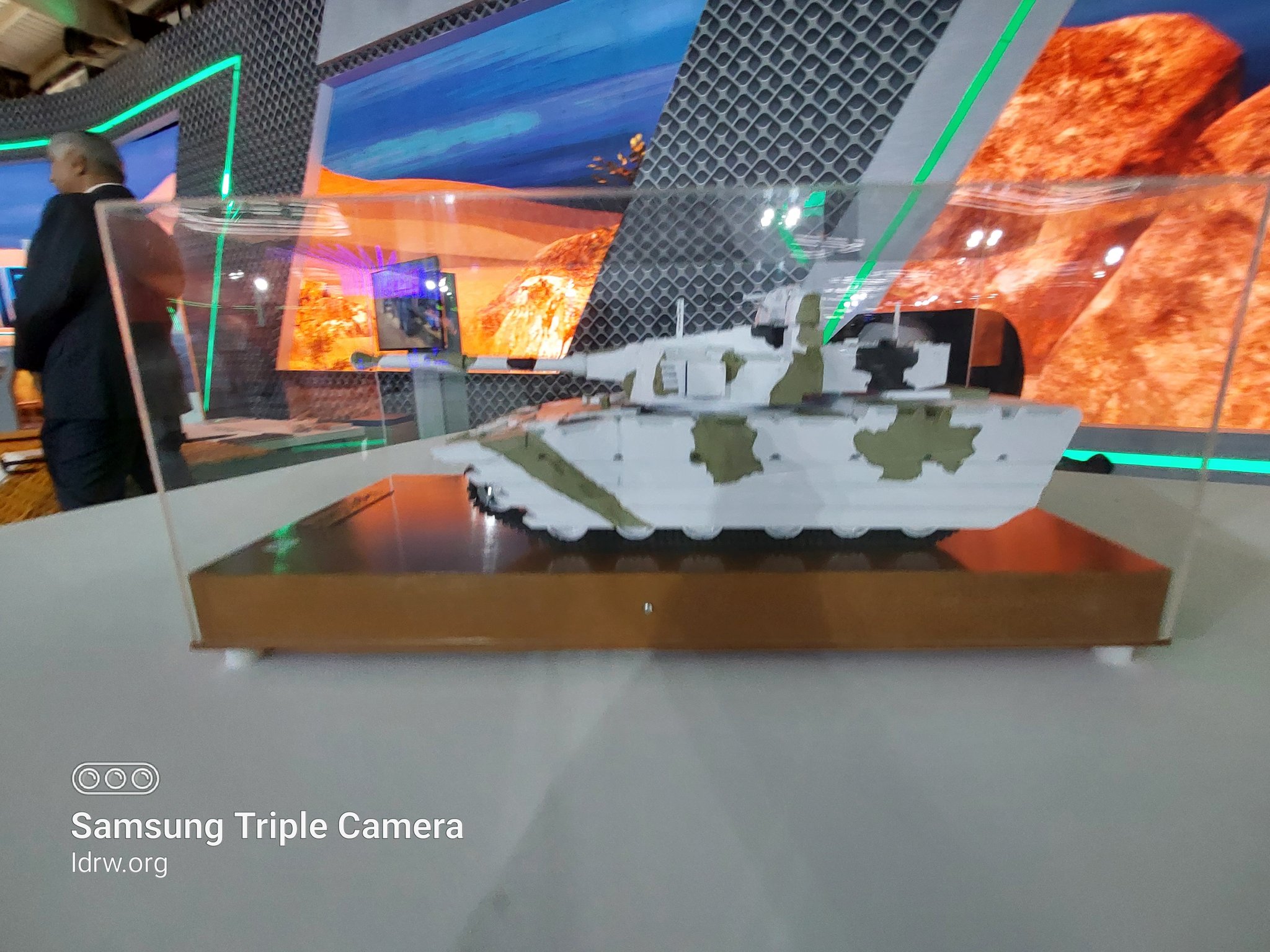
The collaboration between the Defense Research and Development Organization (DRDO) and Larsen & Toubro (L&T) in developing India’s Light Tank under Project Zorawar is making significant progress, with the anticipated rollout of the prototype expected by the end of this month or the early weeks of December.
Last year, at the Defence Expo 2022 in Gujarat, DRDO unveiled the first-scale model of the 25-ton Light Tank under development. The upcoming tank is designed to cater to diverse operational requirements, offering mobility and firepower in various scenarios.
Continue reading